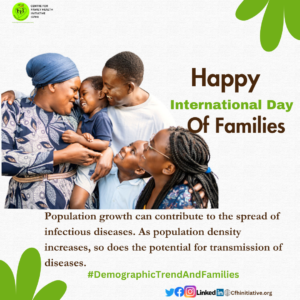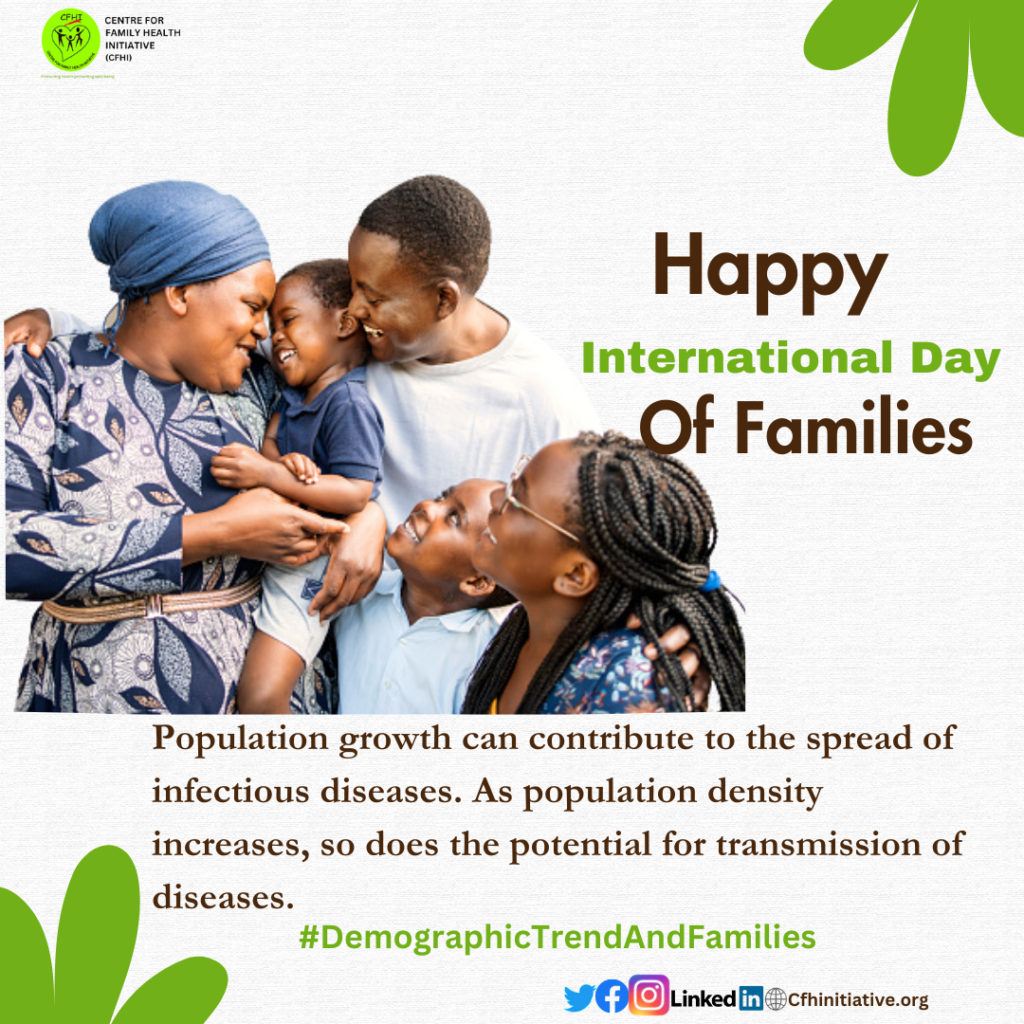Population growth refers to the increase in the number of individuals living in a particular area or country over a specific period. One can use the absolute number of individuals, the percentage increase in the population size, or the population growth rate to measure population growth.
Population growth can significantly affect public health, both positively and negatively. While it can increase demand for healthcare services and strain existing infrastructure, it can also bring about economic development and better health outcomes. These are some of the immediate impacts of population growth on public health.
Increased demand for healthcare services: As the population grows, there is a greater need for healthcare services, including primary care, emergency care, and specialized medical services. The increased demand can pressure healthcare systems, leading to wait longer times, overcrowded facilities, and stretched resources.
The strain on healthcare infrastructure: Rapid population growth can strain the capacity of healthcare infrastructure, including hospitals, clinics, and the healthcare workforce. Inadequate infrastructure can result in limited access to healthcare services, particularly in rural or low-income areas.
Spread of infectious diseases: Population growth can contribute to the spread of contagious diseases. As population density increases, so does the potential for transmission of diseases. In addition, crowded living conditions, inadequate sanitation, and limited access to healthcare can all contribute to the increased risk of disease outbreaks. According to World Health Organisation, Nigeria has one of the highest TB burdens in the world, with an estimated incidence rate of 219 cases per 100,000 population in 2020.
Maternal and child health: Population growth can positively and negatively impact maternal and child health. On the one hand, the increased population can lead to improved healthcare infrastructure and access to reproductive health services. However, on the other hand, rapid population growth can strain maternal healthcare resources, leading to inadequate prenatal care, increased maternal mortality, and higher infant mortality rates.
Environmental health: Population growth can pressure the environment, leading to adverse health effects. Increased pollution, deforestation, and depletion of natural resources can impact air and water quality, leading to respiratory diseases, waterborne illnesses, and other environmental health hazards.
Economic development and improved health outcomes: While population growth can present challenges, it can also bring economic development and improvements in health outcomes. A growing population can increase productivity, innovation, and economic growth.
It’s important to note that the specific effects of population growth on public health can vary depending on various factors, including the socioeconomic context, healthcare infrastructure, and government policies in place.


